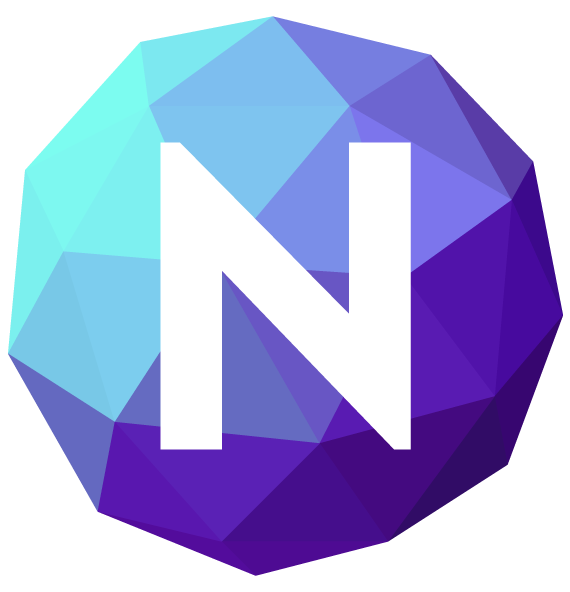Nikka Estefani
Category: User Experience
Securing a job as a UX (User Experience) designer is an exciting opportunity to harness your creative skills and make a meaningful impact on digital experiences. However, the UX designer interview process can be competitive and challenging. To increase your chances of success, it’s essential to be well-prepared and demonstrate your expertise effectively. In this blog post, we will guide you through the key steps to crack the UX designer interview, offering valuable tips and strategies to help you showcase your skills and secure that dream job.

Research the Company
Before your interview, it’s crucial to research the company you’re applying to. Familiarize yourself with their products, services, target audience, and design philosophy. Explore their website, mobile apps, and any other digital platforms they have. This knowledge will demonstrate your genuine interest in the company and allow you to tailor your responses to align with their goals and values.
Understand the UX Design Process
Being well-versed in the UX design process is essential for any UX designer. Make sure you understand the different stages, such as user research, ideation, wireframing, prototyping, and testing. Be prepared to discuss how you approach each stage, the methodologies you use, and any challenges you’ve faced in previous projects. This will showcase your experience and expertise in the field.
Showcase Your Portfolio
Your portfolio is your most powerful tool to impress potential employers. It should include a diverse range of projects that demonstrate your skills and problem-solving abilities. Make sure to include a variety of UX deliverables, such as user personas, user flows, wireframes, and prototypes. Each project should tell a compelling story, highlighting the problem you solved, your design process, and the impact it had on the user experience. Present your portfolio with confidence and be prepared to explain your design decisions and the rationale behind them.
Prepare for Behavioral and Technical Questions
Interviewers often ask behavioral questions to assess your problem-solving skills, collaboration abilities, and how you handle challenges. Practice answering questions that focus on real-life situations and emphasize your ability to empathize with users and work within a team. Additionally, expect technical questions to evaluate your understanding of UX principles, design software proficiency, and knowledge of current industry trends. Study common UX interview questions and prepare concise, well-thought-out responses.
Demonstrate Effective Communication Skills
UX designers must effectively communicate their ideas, concepts, and design decisions to various stakeholders. During the interview, be sure to articulate your thoughts clearly and concisely. Emphasize your ability to listen, collaborate, and adapt your communication style to different audiences, such as developers, product managers, or executives. Employers value designers who can effectively present their ideas and advocate for user-centered design principles.

Stay Updated with Industry Trends
The field of UX design is continually evolving. Stay up-to-date with the latest industry trends, emerging technologies, and design tools. Show your passion for learning and growth by mentioning relevant courses, workshops, or conferences you have attended. Employers are looking for candidates who are not only skilled but also adaptable and willing to stay current in a fast-paced industry.
Conclusion
Cracking the UX designer interview requires thorough preparation, a strong portfolio, effective communication skills, and a deep understanding of the UX design process. By researching the company, showcasing your portfolio, practicing behavioral and technical questions, demonstrating effective communication, and staying updated with industry trends, you’ll significantly increase your chances of success. Remember, confidence, passion, and a user-centric mindset are key to landing that coveted UX designer role. Good luck!







